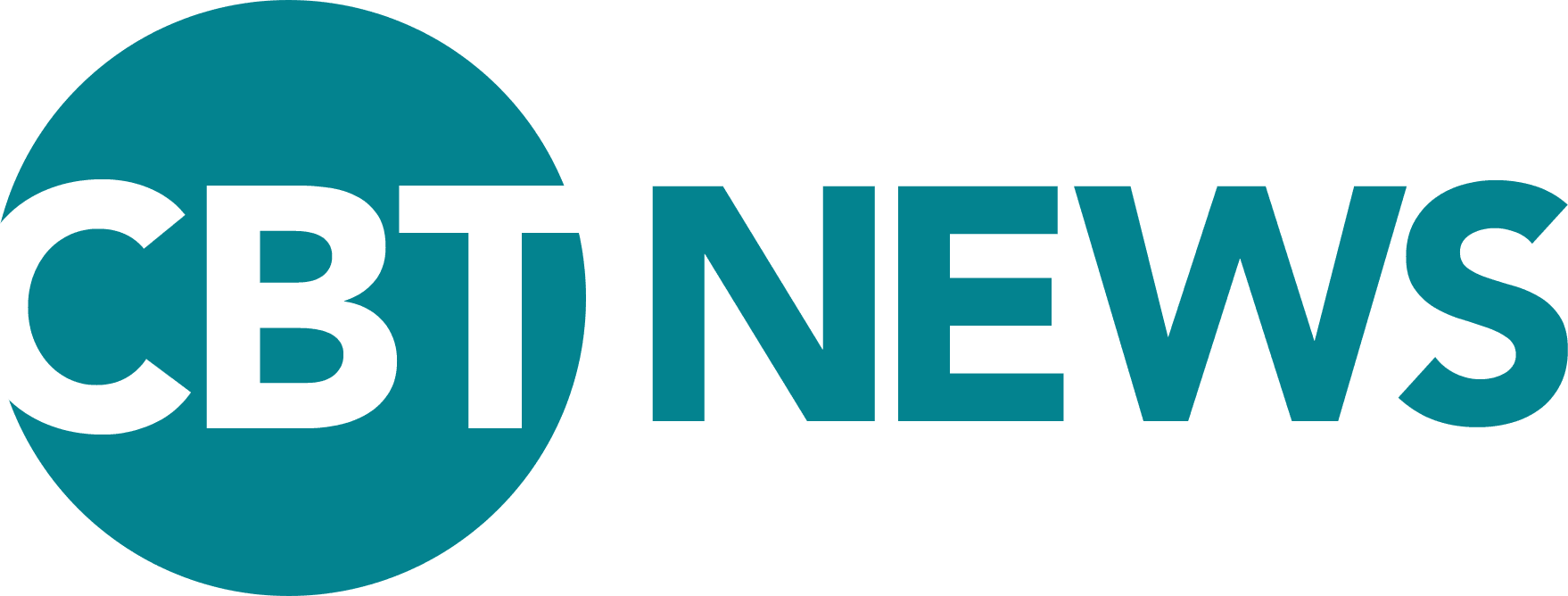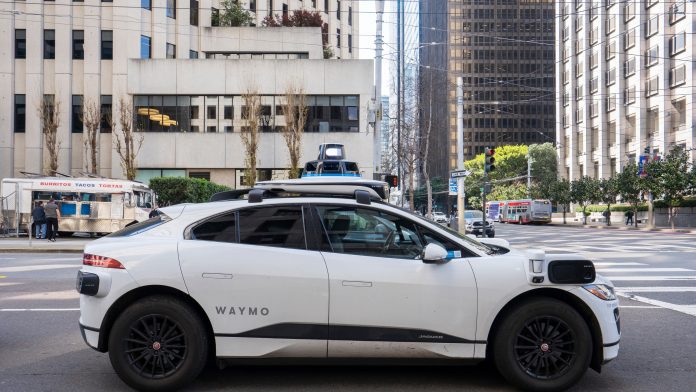Waymo is significantly expanding its autonomous vehicle service areas across California, adding more than 80 square miles to its existing coverage in Los Angeles, San Francisco, and Silicon Valley. The expansion, which represents a nearly 50% increase in Waymo’s California footprint, comes just days ahead of Tesla’s anticipated robotaxi launch in Austin.
As of June 17, Waymo riders in San Francisco now have access to several new cities on the peninsula, including Brisbane, South San Francisco, San Bruno, Millbrae, and Burlingame. The Silicon Valley area, which recently opened to the public, was also expanded to include Menlo Park and additional parts of Palo Alto.
The Los Angeles service area is set to grow on June 18, with new coverage extending in multiple directions. Newly added neighborhoods include Playa Del Rey, Ladera Heights, Echo Park, Silverlake, more of Inglewood, and the full stretch of Sunset Boulevard. The expansion now reaches UCLA and includes previously added destinations like the Inglewood stadium and Howard Hughes Center.
Despite the broader coverage, the expanded zones in both San Francisco and Los Angeles still exclude major international airports. Waymo’s boundary in San Francisco ends just short of San Francisco International Airport (SFO), and the Los Angeles zone stops near Los Angeles International Airport (LAX), missing designated ride-hailing pickup areas. However, smaller regional airports like Palo Alto and Santa Monica are now included in the respective service areas.
Waymo vehicles currently cannot access freeways in Los Angeles, though limited freeway use is permitted in San Francisco. Testing is underway to enable freeway access in LA, which may improve trip efficiency in the near future.
The expansion comes at a pivotal moment as Tesla prepares to debut its own autonomous vehicle service, expected to operate at a similar level of autonomy. While Waymo’s system is classified as Level 4—capable of full self-driving within defined areas—Tesla has yet to launch a comparable Level 4 product. Tesla’s current offerings remain Level 2, requiring driver supervision.
This latest move reinforces Waymo’s position as a frontrunner in commercial autonomous vehicle deployment and highlights the growing competition as the industry inches closer to mainstream robotaxi adoption.




